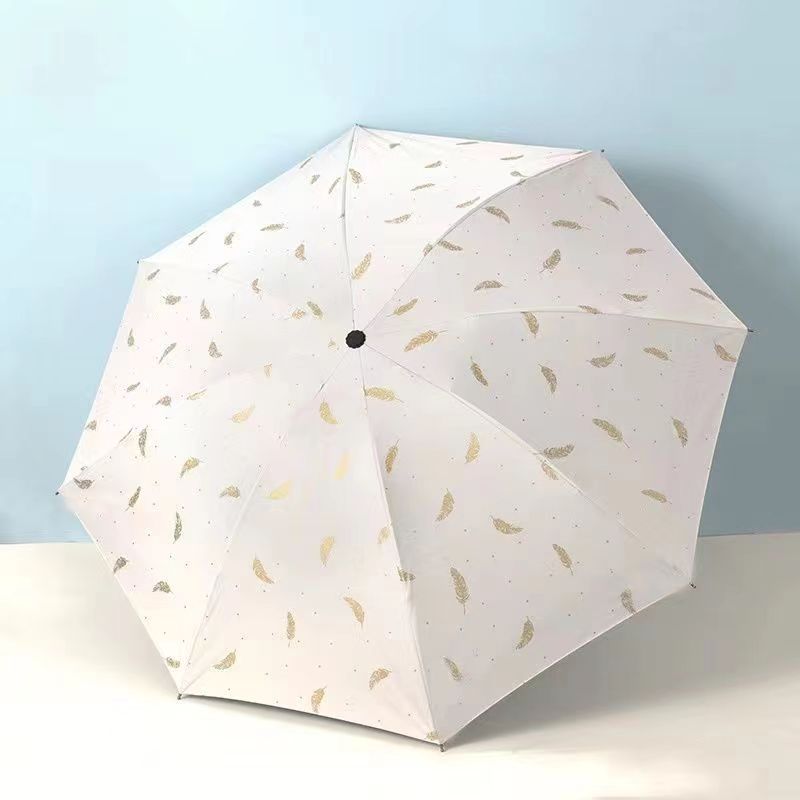Umbrella Selection Guide: About the types, functions, and purchase of umbrellas

Choosing the right umbrella is essential for our daily lives. Here are some recommendations for selecting an umbrella:

First, let’s talk about choosing a rain umbrella. When selecting a rain umbrella, consider the following factors:
- Number of ribs: The number of ribs affects the umbrella’s resistance to pressure. Most common umbrellas have eight ribs, suitable for daily use and sun protection. If you often experience strong winds, consider umbrellas with more ribs for better wind resistance.
- Arc size: The arc size of an umbrella directly affects its coverage. Umbrellas with smaller arcs increase the coverage area, but in heavy wind and rain, choosing a larger diameter umbrella with a smaller arc will provide better stability.
- Canopy material: The canopy material can be plastic or metal. Metal canopies are more durable but prone to rust, requiring proper maintenance. Plastic canopies are prone to cracking. Consider your needs and choose the appropriate canopy material.
- Type of umbrella: Choose different types of umbrellas based on different usage scenarios. For example, beach umbrellas are suitable for beach use, while golf umbrellas are designed for golf sports. For everyday use, straight umbrellas are convenient for cars, while foldable umbrellas are compact for easy carrying.
Now, let’s discuss choosing a sun umbrella. When selecting a sun umbrella, consider the following points:
- Fabric and inner layer: Common sun umbrella fabrics include PG cloth, polyester, color glue, silver glue, and pearl cloth. Priority should be given to PG cloth and black glue cloth, as they provide better shading and UV protection.
- Weave density: The tightness of the fabric determines the shading effect. You can perform a simple test at home by turning off the indoor lights and shining a flashlight or lamp close to the umbrella canopy to check for any light leakage. No light leakage indicates a higher fabric density.
- Colors: Dark-colored umbrellas offer better shading and UV protection compared to light-colored ones. Consider choosing black, blue, navy blue, or other dark-colored umbrellas.
- Umbrella pole: Thicker umbrella poles provide sturdiness, while thinner umbrella ribs have lower wind resistance. Thinner ribs are more prone to breakage in strong winds, so pay attention to the quality of the umbrella pole and ribs.
- Labels: Look for sun umbrellas with UVA protection labels to ensure effective UV protection. Additionally, you can choose a sun umbrella based on its UPF value, where higher UPF values indicate better UV protection.
Lastly, let’s address some common misconceptions to avoid when purchasing umbrellas:
- Don’t assume that any umbrella can provide sun protection or shade. Professional sun umbrellas are designed to effectively block UV rays and ensure skin health.
- Don’t solely rely on appearance. Aesthetic appeal doesn’t guarantee effective UV protection.
- Don’t prioritize lightweight umbrellas without considering other factors. While portability is important, make sure to balance it with durability and functionality.
Remember to consider your specific needs and preferences when selecting umbrellas, whether for rain or sun protection.
Related articles:




